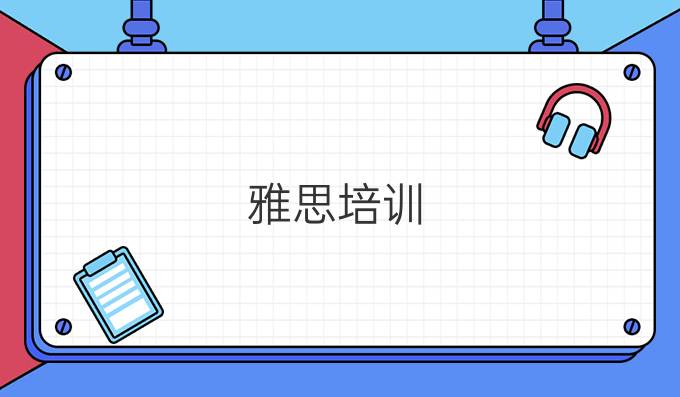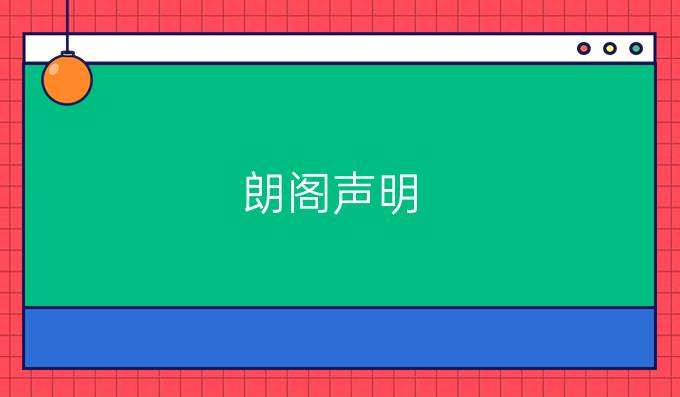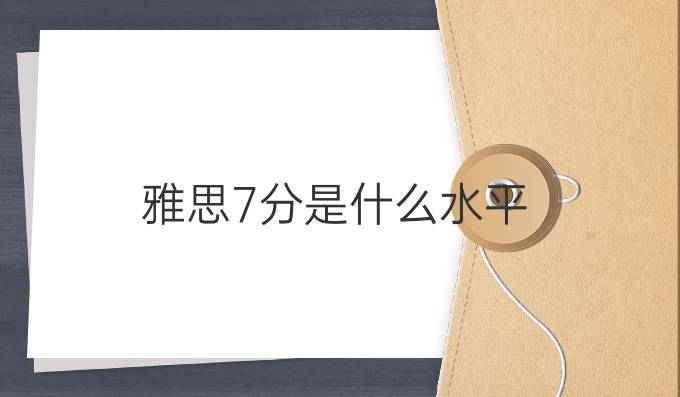地图题写作在很多书上都没有系统的指导,它有别于数据图,构思方面没有数据图那么复杂,但在语言驾驭,很多学生都感到很陌生。怎么写地图题,朗阁海外考试研究中心将在下文中一一来解构。

地图题分两种,一种为地理变迁题,一种为选址题。首先我们来看地理变迁题,它描述的是一个地方(多为一个城镇)在一段时间的发展变化,我们来总结一下地理变迁题的写作要点。
î 时态
如果地图题反映的是一个地方在过去的一段时间的变化,文章用一般过去时。如果地图题反映的是一个地方在将来一段时间的变化趋势,文章用一般将来时或表“估计”的词汇。如果地图题反映的是一个地方从过去到现在的变化,可用现完成时。
如:现在停车场改成了一个剧院。
The car park has been removed and replaced by a theatre.
城镇A的家庭数量从1937年到2020年将翻一番。
The number of homes in Town A is likely to double
(is likely to= is predicted to /is estimated to/is projected to/is expected to )
又可为:
It is likely that the number of homes in Town A will double.
(it is likely that = it is predicted/estimated/projected/ expected that…..)
î 细节变化
地图每个细节变化都要提到,不要忽视一个细节。
î 语态
地图题用被动语态
如:2000年在城镇A新建了一个医院:A new hospital was established in Town A in 2000.
î 地图题的书写顺序:时间顺序和空间顺序
如2006年9月A 类TASK 1
The map shows the development of the village of Kelsbey between 1780 and 2000.
这篇文章大体框架按时间顺序,BODY分三段分别描述:1780年村庄,1860村庄,2000年村庄。对每一年的描述,如1780年村庄,我们要注意按方位顺序来描述,否则文章会出现混乱。这就需要考生在考前对方位词进行总结。地图题的方位我们说东西南北,不说成左右。
î A 在B 的东方/西方/南方/北方
A is/ lies/ is located/ is situated in/on / to the east/west/south/north of B
(in表A在B内部,ON表A和B接壤,TO表A和B 分开)
î A 在B 内部的某个部位
A is in the eastern/ southern/ western/ northern part of B.
î A在B 西北部的120 千米处
A lies
î A 在B…..角落
A is at/in the south-eastern corner of B (at表示A在B外部,in表A在B内部)
î 在河流或道路的南边/北边等
On the south/southern side of the river
On both sides of the road
On the other side
î 临近马路的地区
The area adjacent to/ near /next to/ just off the road
î 在道路或河流的*南端
At the southern end of the river
î A 在B 的对面
A is on the opposite side of B
A is opposite B
î A 在B 东部的边界上(A在B外部)
A is on the eastern border of B
î A 在B 东部边缘上 (A在B内部)
A is on/ along the eastern edge of B
î “变化”词汇
地图题描述的是一个地区的变化,那么“变化”词汇必须过关。
朗阁海外考试研究中心分析发现,变化包括两种:图形原有事物的改变,图形新添事物。
我们先看图形原有事物的改变:
î 原有事物可说成:
The original/previous/former garden
î 原有事物尺寸上变大/变小:
The size of the library has been enlarged/extended/halved/reduced by half
î 原有事物在数量上增多或减少:
The number of homes has increased/risen/grown/reduced /decreased/dropped/fallen/doubled/ tripled/ quadrupled to 500.
î 原有事物没了:
The farms completely disappeared/were removed.
î 原有事物被改为:
A becomes B









